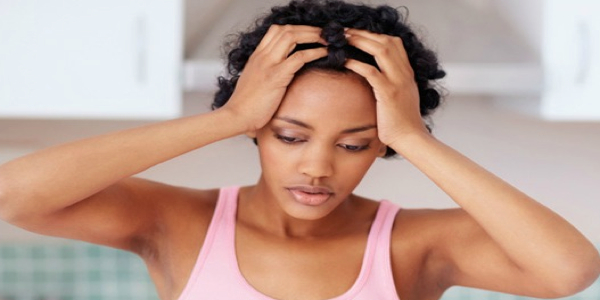The previous post was a general overview on Anxiety disorder, this post shall attempt to differentiate between some of the different types of anxiety disorders.
The reason why it is important to note these differences is that different anxiety disorders have various symptoms and that each type of anxiety disorder has its own treatment
Generalized Anxiety Disorder
 People with generalized anxiety disorder (GAD) have ongoing, severe worry that interferes with daily functioning. It is true that life can be full of worries. We all worry about things like money, health or family problems but people with this disorder constantly worry about everything even when there is little or no reason to worry about them. They are very anxious about just getting through the day and they feel helpless to control these worries.
People with generalized anxiety disorder (GAD) have ongoing, severe worry that interferes with daily functioning. It is true that life can be full of worries. We all worry about things like money, health or family problems but people with this disorder constantly worry about everything even when there is little or no reason to worry about them. They are very anxious about just getting through the day and they feel helpless to control these worries.
Physical symptoms that may be associated include: problems sleeping, muscle aches/tension, and feeling shaky, weak, difficulty swallowing, trembling, twitching, irritability, sweating, nausea, lightheadedness, having to go to the bathroom frequently, feeling out of breath, hot flashes and headaches. People with GAD can be highly irritable and this often leads to problems concentrating and working effectively.
GAD often starts during the teen years or early adulthood. Symptoms may get better or worse at different times, and often are worsened by stress.
When their anxiety level is mild, people with GAD can function socially, however they can have difficulty carrying out the simplest daily activities if their anxiety is severe.
GAD is diagnosed when symptoms are present for at least 6 months.
A type of psychotherapy called cognitive behavior therapy is especially useful for treating GAD.
Anti anxiety medications and anti depressants also offer some help. They usually take some time to take effect and must be prescribed with care and the side effects thoroughly explained by the doctor to the patient.
Panic Disorder
This is a disorder characterized by panic attacks which are sudden feelings of terror that sometimes strike without warning and may last several minutes. These are often mistaken for a heart attack, because they cause powerful, physical symptoms including chest pain, heart palpitations, dizziness, shortness of breath and stomach upset. However not everyone who experiences a panic attack will have Panic disorder. Panic attacks are characterized by a fear of disaster or of losing control even when there is no real danger. Panic attacks can occur at any time, and many people with panic disorder worry about and dread the possibility of having another attack and will go to desperate measures to avoid having an attack, including social isolation or avoiding going to specific places especially places where an attack has occured before. When it progresses to this stage it is known as agoraphobia. About one in three people with panic disorder develops agoraphobia.
Panic disorder is one of the most treatable of all the anxiety disorders, responding well in most cases to certain kinds of medication or certain kinds of cognitive psychotherapy, which help change thinking patterns that lead to fear and anxiety.
Social phobia is characterised by significant anxiety and discomfort about being embarrassed or looked down on in social or performance situations / a strong fear of being judged by others and of being embarrassed. Everyone has felt anxious or embarrassed at one time or another. For example, meeting new people or addressing a crowd can make anyone nervous. But people with social phobia worry about these and other social interactions all the time. This fear can be so strong that it gets in the way of going to work or school or doing other everyday things.
People with social phobia are afraid of doing common things in front of other people. For example, they might be afraid to eat or drink in front of other people, or use a public restroom. Most people who have social phobia know that they shouldn’t be as afraid as they are, but they can’t control their fear. Sometimes, they end up staying away from places or events where they think they might have to do something that will embarrass them. For some people, social phobia is a problem only in certain situations, while others have symptoms in almost any social situation.
A type of antidepressant called monoamine oxidase inhibitors (MAOIs) are especially effective in treating social phobia. However, they are rarely used as a first line of treatment because when MAOIs are combined with certain foods or other medicines, dangerous side effects can occur.
Cognitive behaviour therapy also helps a lot.
Phobias
A specific phobia is an intense fear of a specific object or situation, such as snakes, heights, or flying. Everyone tries to avoid certain things or situations that make them uncomfortable or even fearful. However, for someone with a phobia the level of fear is usually inappropriate to the situation. Having phobias can disrupt daily routines, limit work efficiency, reduce self-esteem, and place a strain on relationships because people will do whatever they can to avoid the uncomfortable and often-terrifying feelings of phobic anxiety. This fear and the attempt to control it can seem to take over a person’s life.
Anxiety disorders are generally more prevalent amongst women and are more common than you may think and thankfully responds well to treatment, so if you or anyone you know is experiencing symptoms don’t be afraid to ask for help.






